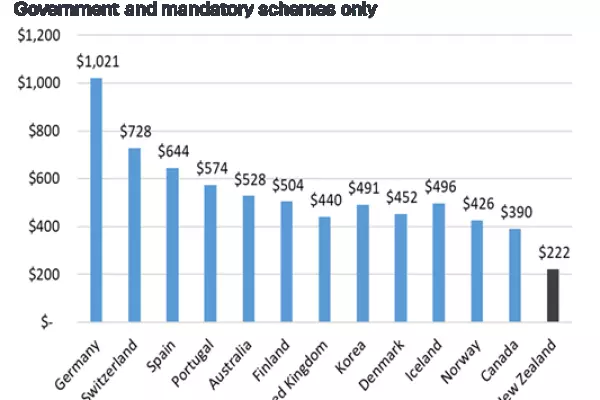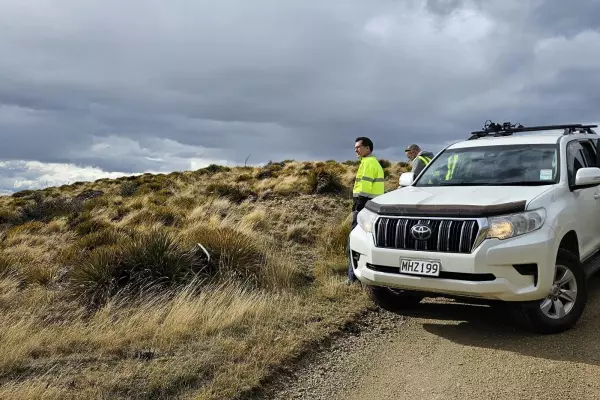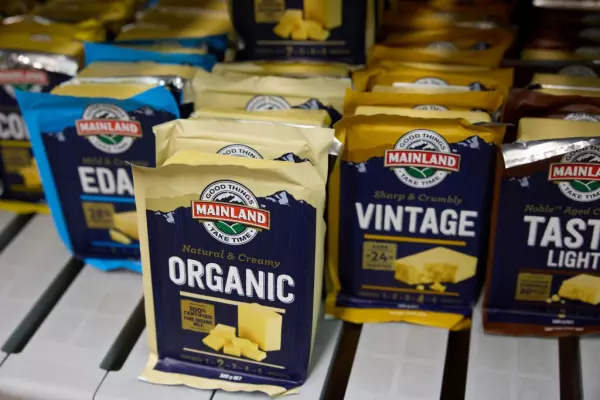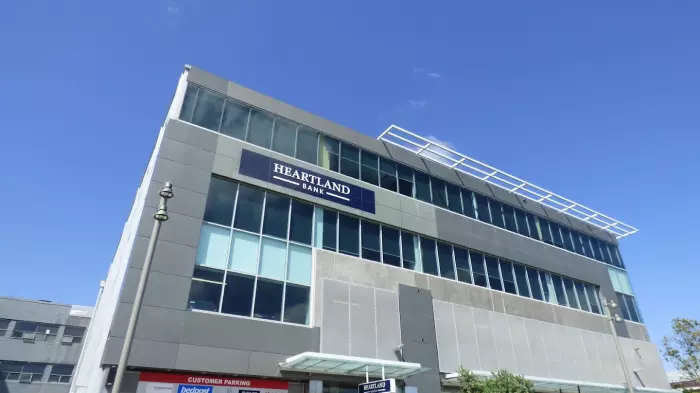The most dramatic numbers in yesterday's pre-election fiscal and economic update are those showing what happens when a government spends to fend off a crisis, the economy shrinks dramatically anyway, and tax revenues plummet accordingly.
They’re contained in a single line, titled “net worth” and they amount, in accounting terms, to a starving body eating its own fat.
In June 2019, the net worth of the assets and liabilities measured on the government’s balance sheet showed a positive balance of $143.3 billion. In other words, all the schools, roads, national parks, and other assets that belong to us all were worth that much more than all the debts, court cases and other things that will cost us all money.
It’s not a perfect number. For example, it doesn’t include the very large future cost of the pay-as-you-go costs universal pension scheme.
But as a proxy for the general financial health of the nation’s government, it does the job well enough to show just how substantial a hit the country can expect to take from covid-19 and what looks likely to be a slow, uncertain recovery.
The unaudited accounts for the fiscal year ending June 30 2020 are already showing the first effects of the massive government debt build-up caused in response to covid. Net worth is showing to have shrunk to $115.7 billion – the first time it’s fallen since 2012 – but still a respectable 38.3 percent of GDP.
That was immediately after the Canterbury earthquakes, which were the last event to knock a really big hole in Crown net worth, although it had been falling since 2007 in the wake of the global financial crisis.
Purple patch of growth
The prolonged period of economic growth that followed the GFC, combined with the restoration of budget surpluses in fairly short order following the one-off hit from the quakes, saw that positive balance build up again swiftly through most of the last decade.
Now, it is on a dramatic slide again.
By June 2021, the pre-election forecasts that net worth will have had another $35 billion-odd carved off it and will keep falling through to the end of the forecast period to a rather piddly $43.5 billion, or 12 percent of GDP, by June 2024, the end of the official four year forecast period.
With budget deficits now forecast to occur annually until the mid-2030s, that total Crown net worth figure falls below 10 percent of GDP, bottoming out in the Treasury’s medium fiscal projections at 8.9 percent in June 2027, before starting to improve again.
By 2031, total Crown net worth is back over 10 percent and slowly climbing.
Of course, none of these are the numbers that will actually eventuate.
The Treasury secretary, Caralee McLiesh, belaboured the “profound uncertainty” that faces anyone trying to forecast a path out of the covid crisis.
Under the onslaught of an invisible, mindless virus, governments are no better equipped than the average small business to reliably forecast anything right now.
The most we all know is that this is going to take a while, probably longer than anyone initially thought, there will be bumps along the way, and almost nothing is certain.
Although it does appear that the expectation that NZ house prices will continue to rise is now taking on the character of an immutable law of physics. The pre-election update shows a short dip in house prices from their March 2020 high points in coming months, followed by a further inexorable upward trend.
On the upside, that means the net worth of anyone who owns a house can expect to have their basic wealth underpinned. Since the Crown owns more houses than anyone in NZ, through its Kainga Ora housing ministry, that will be one of the factors propping up Crown net worth.













